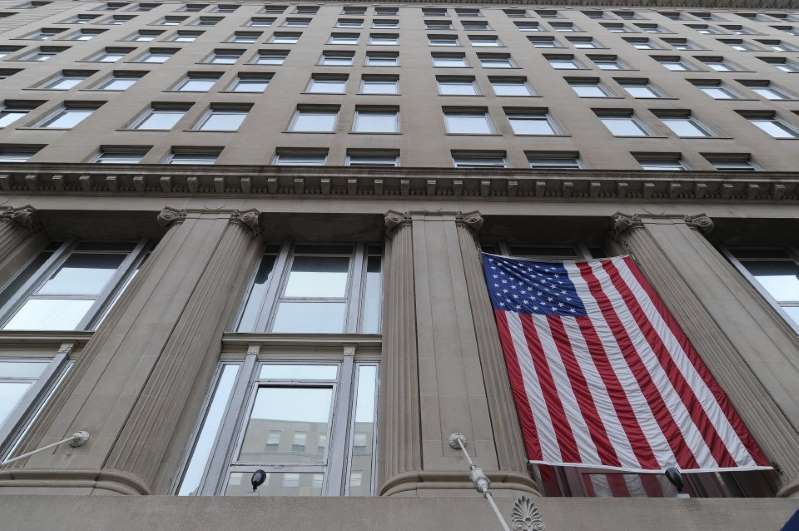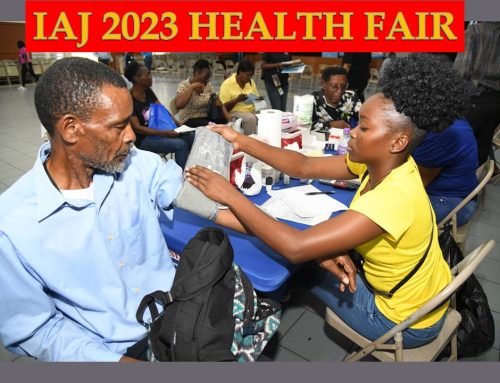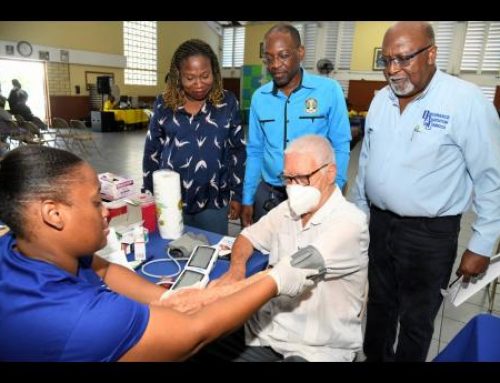American doctors are successfully persuading increasing numbers of men with low-risk prostate cancer to reject immediate surgery and radiation in favor of surveillance, a trend that is sparing men’s sexual health without increasing their risk of death.
Subscribe to the Post Most newsletter: Today’s most popular stories on The Washington Post
The latest evidence that more men are postponing aggressive therapy unless their symptoms worsen came in a large study published Tuesday that involved more than 125,000 veterans diagnosed with nonaggressive prostate cancer between 2005 and 2015. Researchers reviewed the former servicemen’s medical records and found that in 2005, only 27 percent of men under 65 chose to forgo immediate therapy and instead signed up for “watchful waiting” or “active surveillance” to keep track of their tumors. By 2015, the situation had flipped — 72 percent rejected immediate surgery or radiation in favor of such monitoring. The data for men older than 65 was similar.
The study, which appeared in JAMA, was conducted by researchers at the New York University School of Medicine and the Manhattan campus of the Department of Veterans Affairs New York Harbor Healthcare System. The data came from throughout the country.
“I think it’s hugely important,” said Otis Brawley, chief medical officer of the American Cancer Society, who was not involved in the study. “Remember that until 2010, a man diagnosed with prostate cancer was told to get your prostate out, next week at the latest.”
The movement away from aggressive early action has gained momentum as doctors, researchers and patients have increasingly recognized the potential harms that can occur in overtreating malignancies that may never pose a threat.
“As we got better at early detection, we found more cancers,” including ones that grew slowly or not at all, said William Nelson, director of the Sidney Kimmel Comprehensive Cancer Center at Johns Hopkins. “Then the greatest threat to the poor man was our attempt to help him with radiation and surgery.” Those treatments can cause incontinence and sexual dysfunction, he said.
In addition, studies from the United States and Europe in recent years have shown that holding off on treatment for nonaggressive prostate cancer does not result in higher death rates. Similar research is underway in very early stage breast cancer — sometimes called Stage 0 — to see whether active surveillance is a safe alternative to immediate surgery and radiation.
Brawley, who has long warned about the dangers of overtreatment of prostate and breast cancer, said the study shows efforts are paying off to convince patients that not all cancers pose the same level of danger. And he said the study is a leading indicator of where the rest of the country is going; he estimated that about half of non-VA patients with the same type of malignancies are now rejecting immediate treatment and the number is growing quickly.
“The VA is the tip of the spear,” he added. “Five years from now, the whole country will be at 70 percent.”
Stacy Loeb, an assistant professor of urology at NYU School of Medicine and Manhattan VA who led the study of veterans, said the shift to surveillance represents “a historic reversal, at least at the VA, in the decades-long overtreatment of men with prostate cancers least likely to cause harm, and brings their care more in line with the latest best-practice guidelines.” Those guidelines include recommendations by the American Urological Association and the American Society of Clinical Oncology.
Most of the increase in the monitoring-only arm, Loeb said, occurred in a category called “active surveillance,” in which men are subjected to more rigorous monitoring and testing than those engaged in “watchful waiting.” While 4 percent of men chose active surveillance in 2005, 39 percent selected it in 2015, the researchers found.
Loeb said as many as two-thirds of men with low-risk malignancies treated in private medical practices are undergoing aggressive early treatment. She suggested that one reason VA may be adhering to national guidelines at a higher rate is its lack of financial incentives for salaried physicians to recommend expensive fee-for-service procedures. In addition, VA facilities often are affiliated with academic medical centers, which are faster to adopt new approaches.
Jonathan Simons, president and chief executive of the Prostate Cancer Foundation, which helped fund the study, said that while the VA medical system has some problems, when it comes to the “No. 1 cancer of veterans, prostate cancer, the outcomes are better in VA hospitals than in the rest of American medicine.”




Leave A Comment